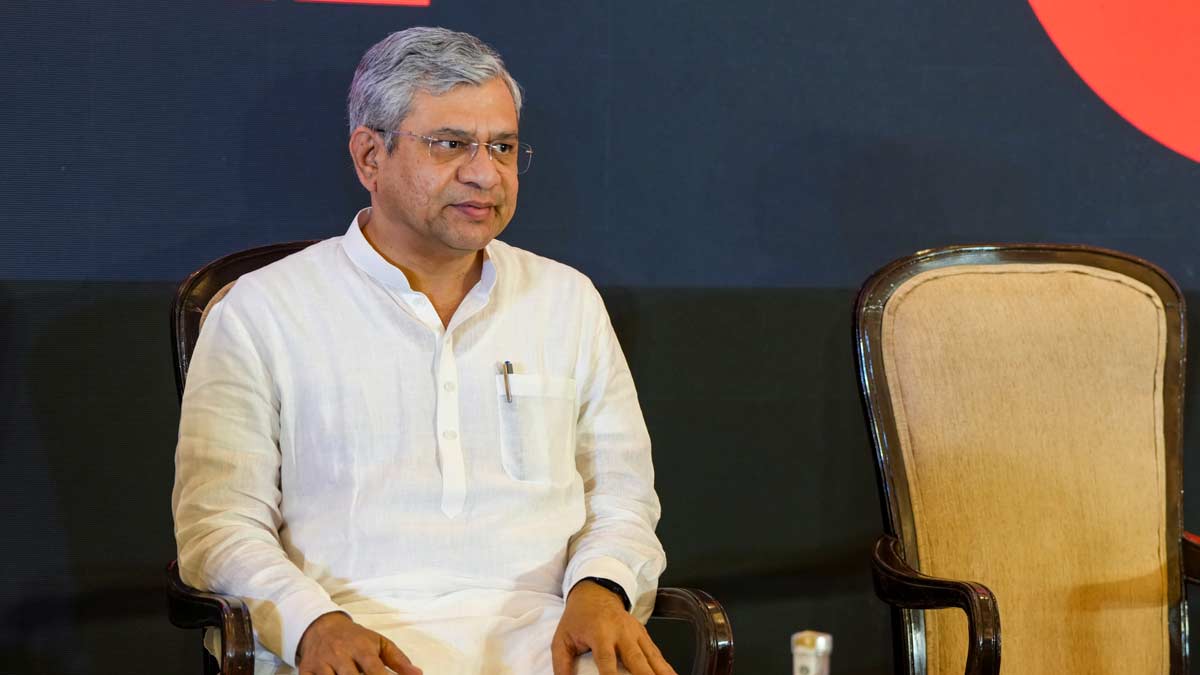Piece by piece, how India is building up an electronics ecosystem
 Union minister Ashwini Vaishnaw | PTI
Union minister Ashwini Vaishnaw | PTI
When Union Electronics & IT Minister Ashwini Vaishnaw announced on Monday that seven projects worth more than Rs 5,000 crore had received approval under the electronics component manufacturing scheme (ECMS), it also hid within it another whopping figure — Rs 44,406 crore. That is the expected production value once these units start functioning, along with the spawning of at least 5,000 new jobs.
The projects included making the crucial ancillaries and components that go into bigger electronics finished products, including multi-layer and high-density printed circuit boards (PCB), copper-clad laminates, camera modules, and polypropylene film. But beyond the impressive numbers, it is also only the latest piece in a long-drawn-out and still work-in-progress vision to turn India from being a near-zero in the electronics manufacturing scene into something of a hero.
Despite ‘Make in India’ being a decade old, India’s electronics juggernaut truly started rolling only after the pandemic hit and new geopolitical realities (read the Galwan clashes and the later global supply chain mismatch) made the nation sorely realise how depending on one big importer nation, especially when it doesn’t have any particular love lost for you, wasn’t such a good idea.
If that wasn't reason enough, the opportunities that the global supply chain mismatch—with the biggies of the tech and consumer electronics looking to diversify their risks beyond the mainland with the ‘China Plus One’ strategy—left the Modi administration in no doubt that an electronics manufacturing ecosystem was the need of the hour.
With that resolve, the government went about launching a spate of PLIs, or production-linked incentive schemes. The idea? Attract local and global manufacturers, those in this specific area in particular, and make them invest in manufacturing electronics in the country.
The initial PLI scheme had an outlay of 1.97 lakh crore spanning electronics and IT hardware. In addition are schemes like SPECS or the scheme for promotion of manufacturing of electronic components and semiconductors (which offered 25 per cent incentive on capex for production of key electronic goods), as well as the ECMS, which announced the seven investments on Monday and which has a total fiscal outlay of nearly Rs 23,000 crore.
While the response has been impressive, the biggest shot in the arm for the government was indeed Apple’s contract manufacturers moving into South India. The result is that today ‘Made in India’ iPhones make up a substantial chunk of the much-desired handset, especially exported to countries like the US, UAE, and the Netherlands.
In fact, India’s record in smartphone manufacturing, out of all electronics manufacturing, is particularly noteworthy. It was just Rs 1,500 crore in value back in 2015, but has crossed Rs 2 lakh crore this year. About 30 crore phones are made in India annually, making it the world’s second-largest manufacturer. The target: crossing Rs 40 lakh crore by the end of this decade.
“Electronics items are now ranked third-largest among all exported goods from India. With electronics component manufacturing taking roots in India, the growth of electronics will generate thousands of new jobs,” said Vaishnaw.
The minister is right — from just Rs 1.9 lakh crore worth a decade ago, electronics now add Rs 11 lakh crore to the GDP. And while the growth numbers are impressive enough, what India still sorely lacks is its own components ecosystem — for example, many parts that go into the making of an iPhone at the Foxconn, Pegatron and Tata facilities are actually imported from all over the globe, which is also the reason why the packing does not say ‘Made in India’ but ‘Assembled in India’.
“Challenges remain in deepening local value addition and component manufacturing,” admits Gurvinder Gandhi, CFO of Mitsubishi Electric India, which has taken part in the PLI schemes for its PCBs and white goods, but adds, “The initiative stands as a key driver in India’s journey toward becoming a global manufacturing hub. By rewarding incremental sales and encouraging expansion, the PLI Schemes have motivated both Indian and global companies to enhance their manufacturing capabilities in India. This has created new jobs, fostered component clusters, and strengthened the overall industrial ecosystem.”
Progress will be slow and step by step, or rather, in this case, piece by piece.
Business